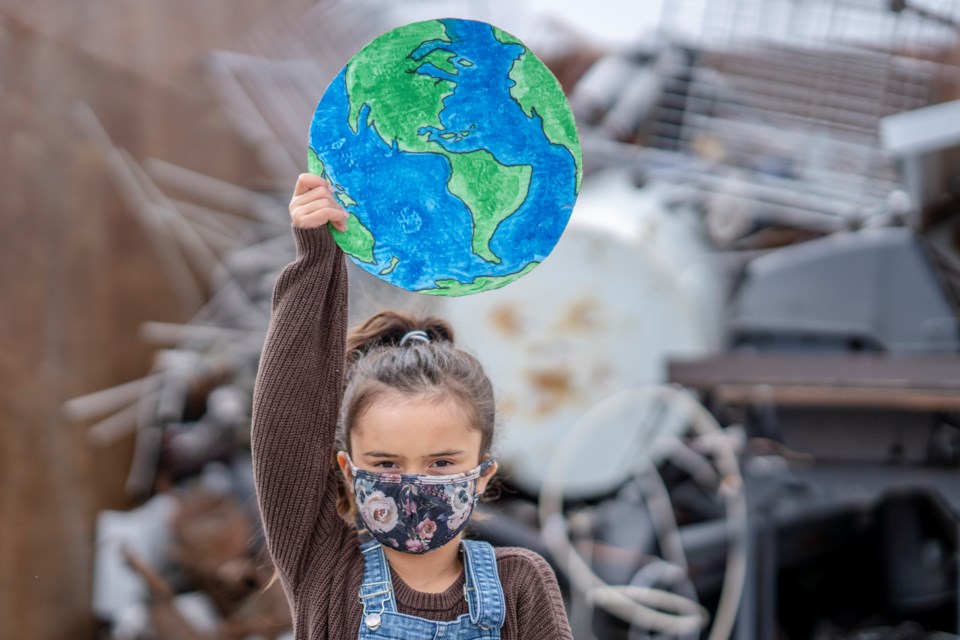As kids are heading back to school, a new report called Raising Canada 2022 is warning families of the top 10 threats to children’s health and well-being.
The report is the fifth in an annual series from Children First Canada, an charity that hopes to bring attention to factors that may have long-term repercussions on children’s health.
“This [report] really tells a story of inaction, where we really need to put resources and time and effort into addressing these problems,” said Stephanie Mitton, government relations advisor for Children First Canada.
The top 10 threats listed in the report are:
- Unintentional and preventable injuries
- Poor mental health
- Systemic racism and discrimination
- Child abuse
- Vaccine-preventable illnesses
- Poverty and food and nutritional insecurity
- Infant mortality
- Bullying
- Limited physical activity and play
- Climate change
Mitton says that climate change and mental health are at the forefront of this year's report, contrary to previous years.
“Environment had in the past been a subset of threats, but this time, it moved forward as one of the key issues that children were facing as having an impact on their physical and mental health,” she said.
In addition, Mitton says the COVID-19 pandemic has contributed to issues of mental health. She says that suicide is the second leading cause of death for children aged 15-24 and the third for children aged 10-14. The report also notes that more than half of youth (aged 12-18) in Canada experience depression, and 39 per cent face anxiety.
Unintentional injuries are the leading cause of death for children and youth in Canada, says the report.
The report provides the public with important data that brings to light just how detrimental some factors can be on child well-being. Systemic racism is a larger concern with Indigenous children being 12.4 times more likely to be taken out of their homes and placed in foster care than non-Indigenous children. Transgender adolescents (aged 15-17) are 7.6 times as likely to have attempted suicide compared to their peers, according to the report.
Mitton also pointed out that Canada has the second highest infant mortality rate (four per 1,000 births) among OECD (Organization for Economic Cooperation and Development) countries.
“That's a really stark number, I think, and something that we often think is a challenge in other countries, but in fact, it's also a challenge in Canada,” she said.
The report is recommending that a new independent Commissioner for Children and Youth be established. Mitton says this is something that has been recommended for decades.
The UN Convention on the Rights of the Child mirrored this in the concluding observations of their June 2022 report on Canada.
“The Committee is seriously concerned by the lack of an independent children’s rights commissioner at the federal level and regrets the closing of the Office of the Ontario Child Advocate’s,” the report said.
Mitton says that right now conversations on children’s rights and well-being are being conducted across many government departments but that there is no “one-stop shop” to address issues pertaining to Canada’s children.
“At the end of the day, it's a story of chronic underinvestment and bold actions that are needed by federal and provincial governments, if we want to see change,” she said. “Given that kids are our future, it's not just the right thing to do right now, it's a down payment on our future and it’s going to bear enormous social and economic dividends for years to come.”



